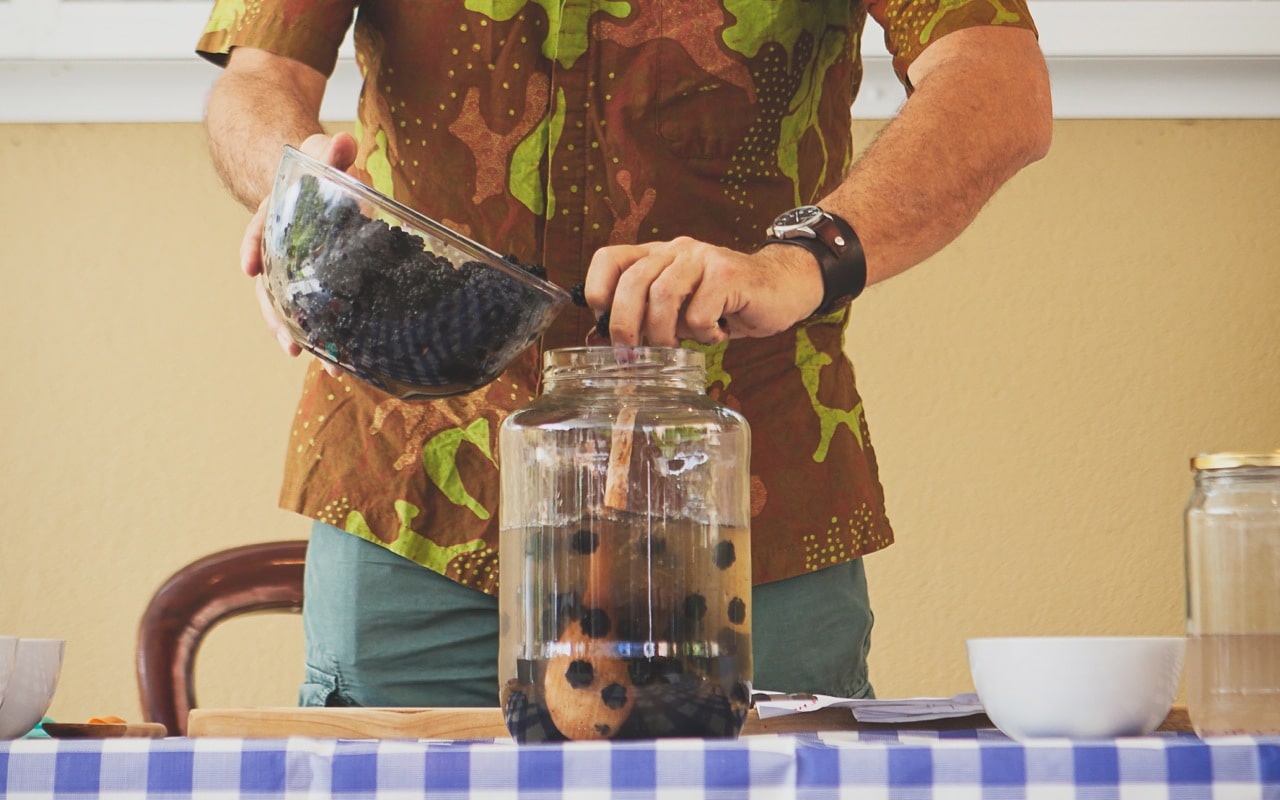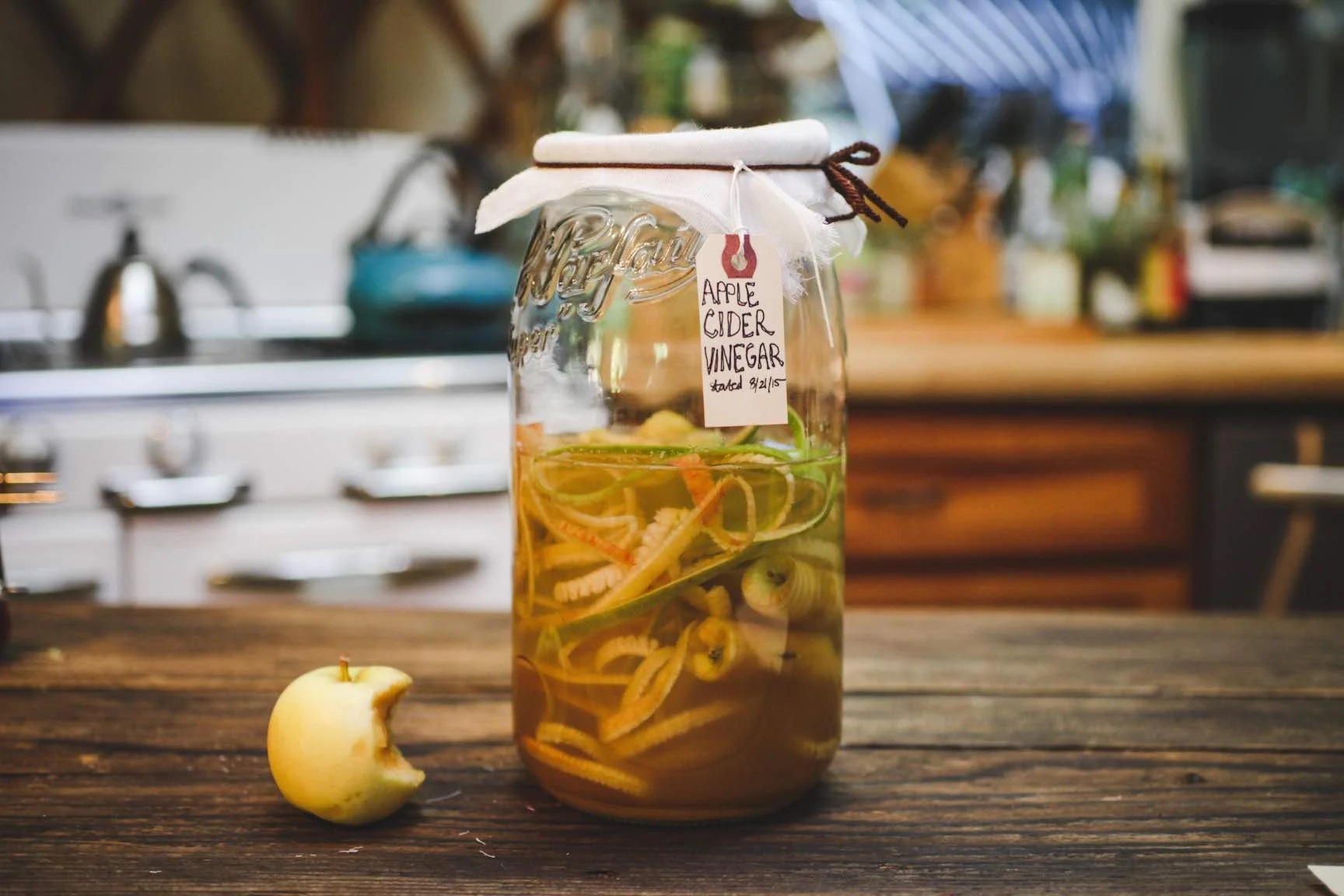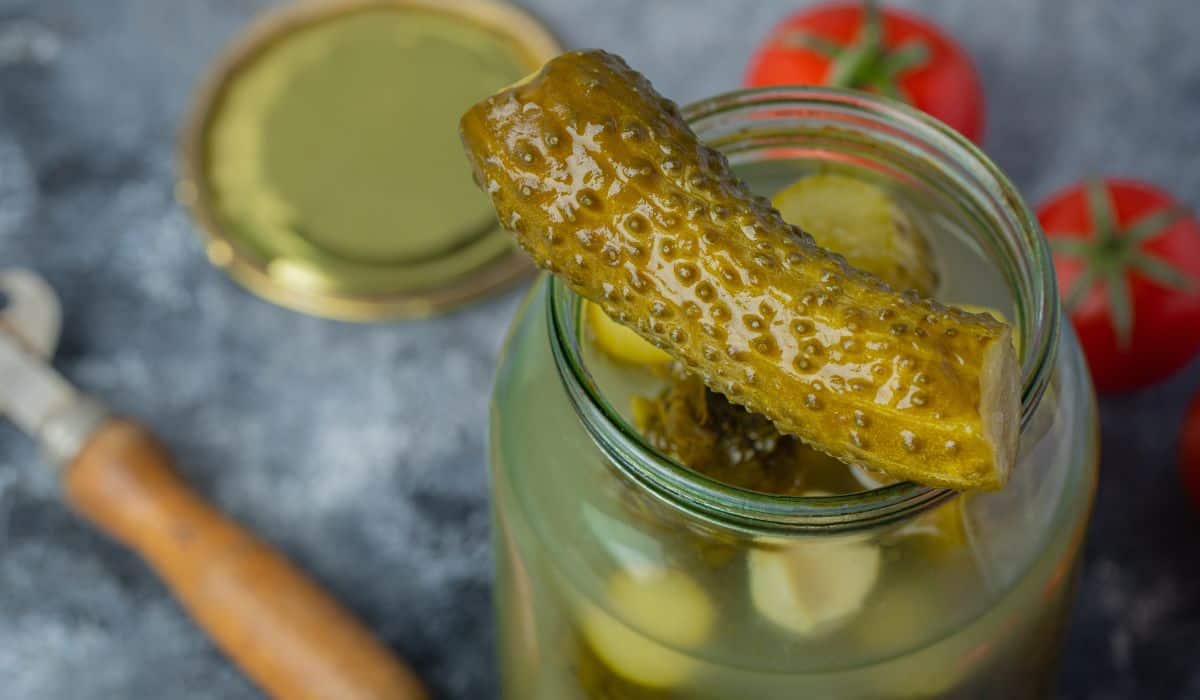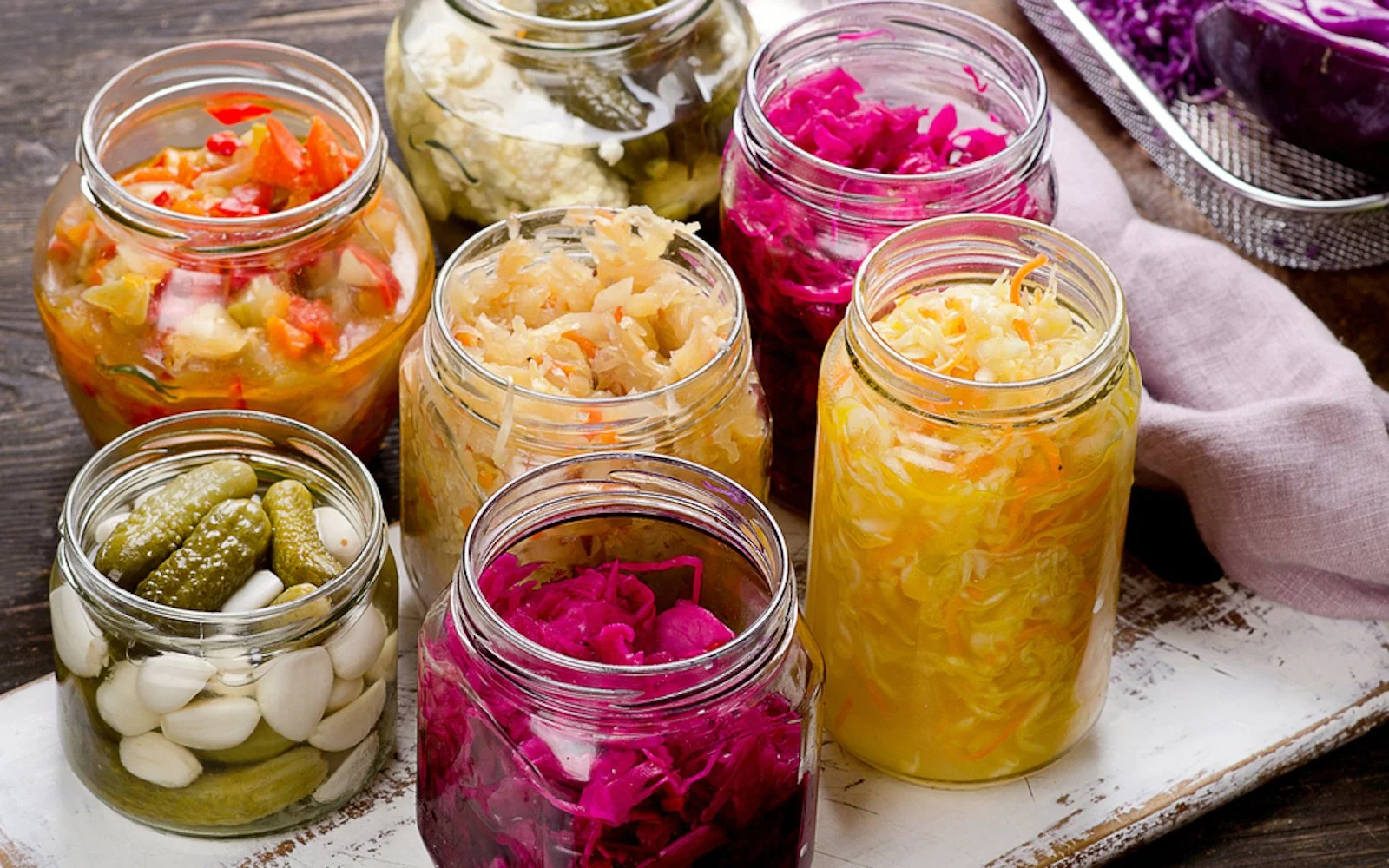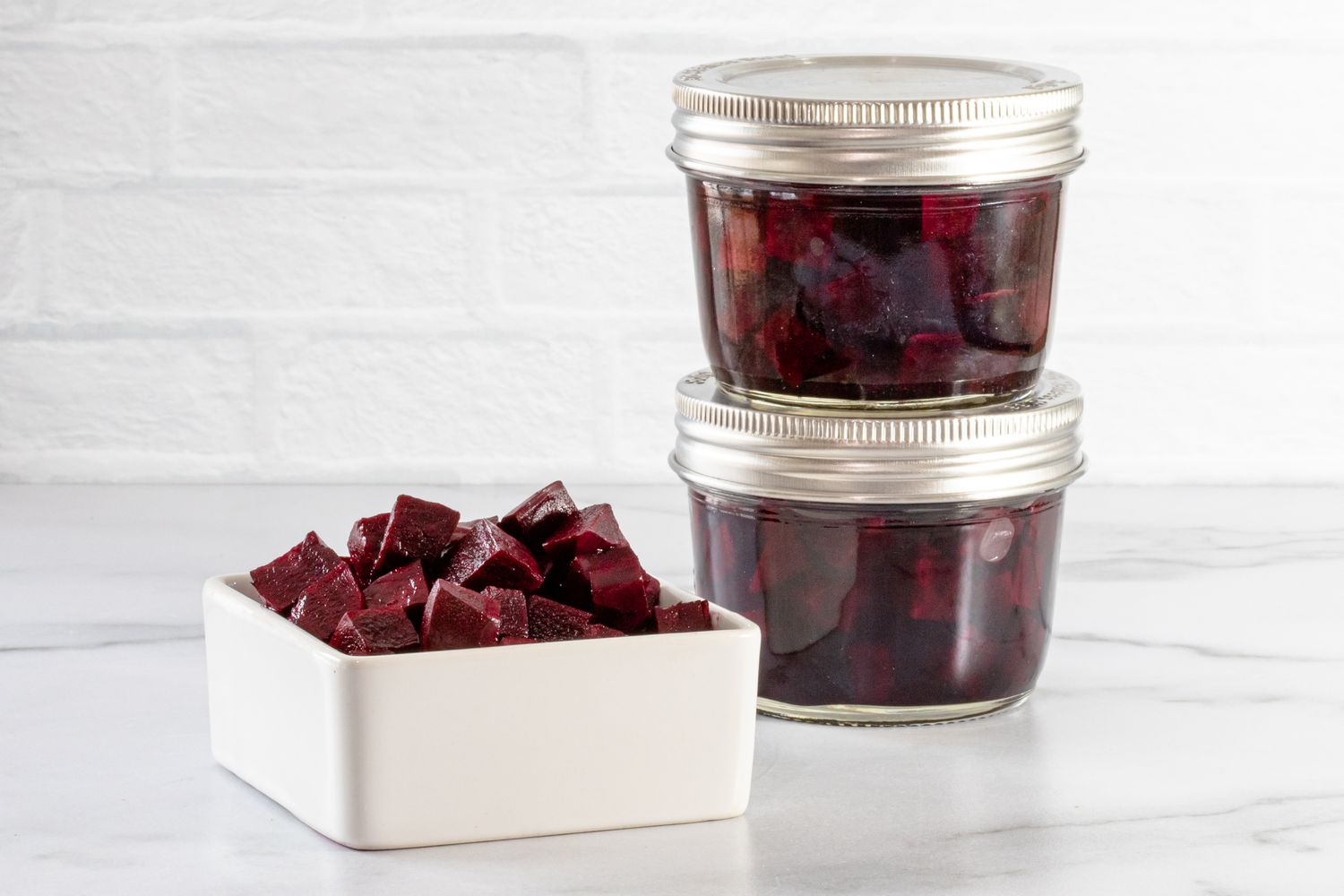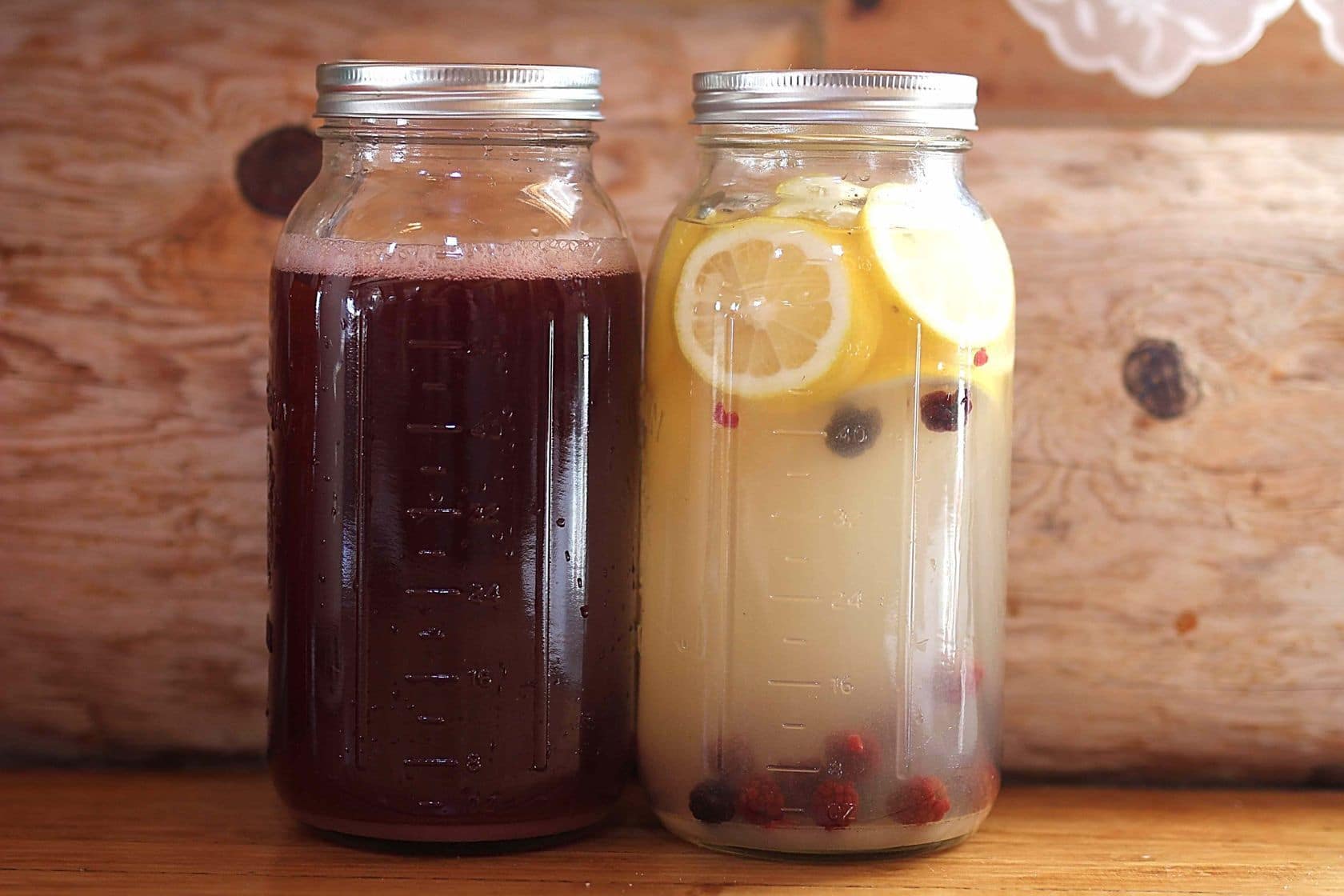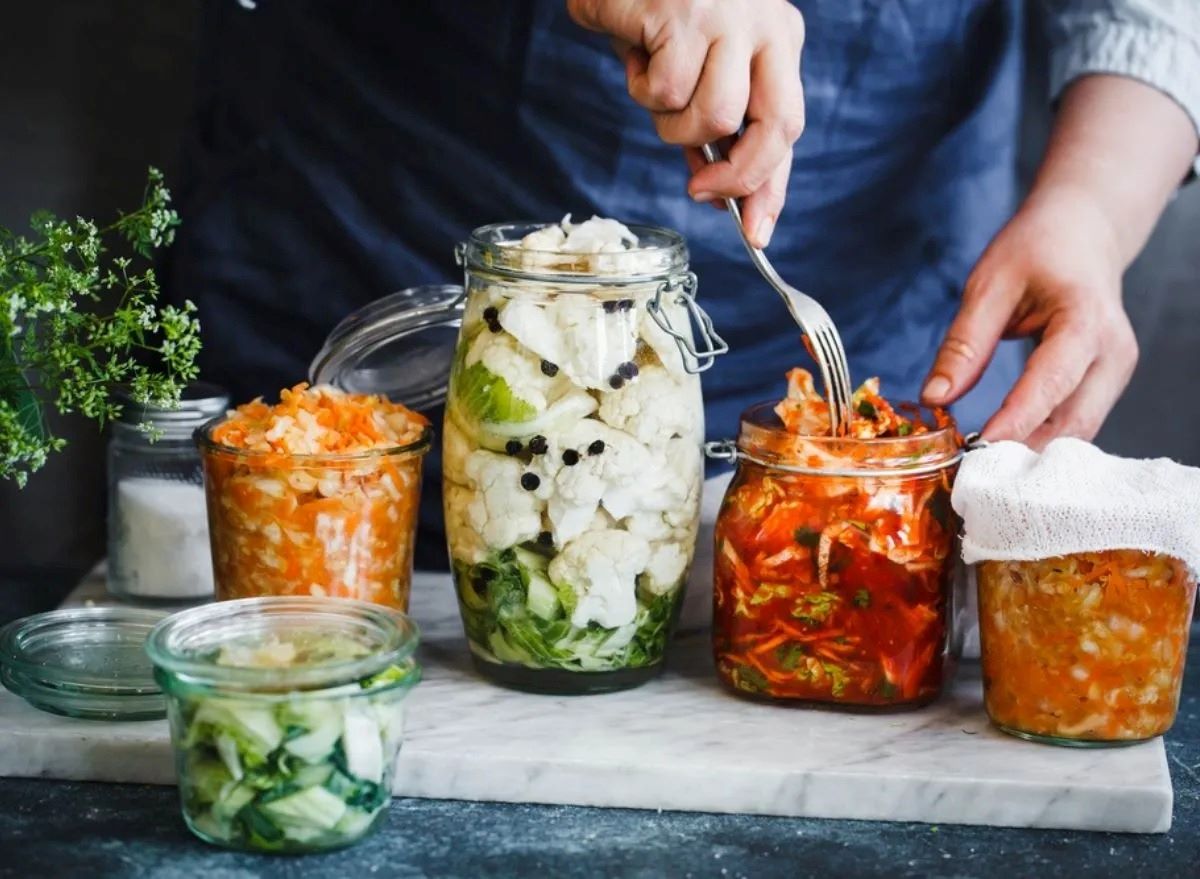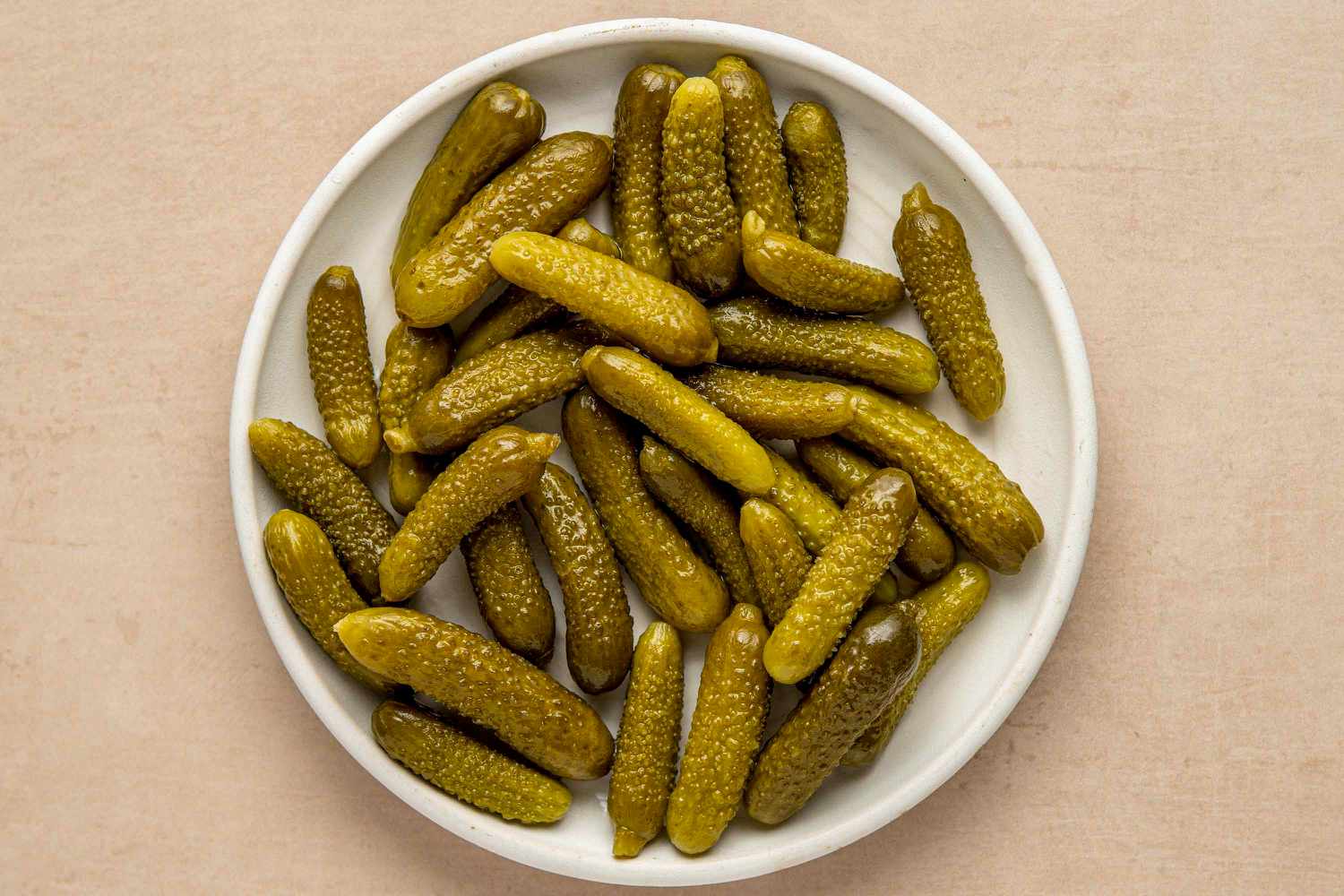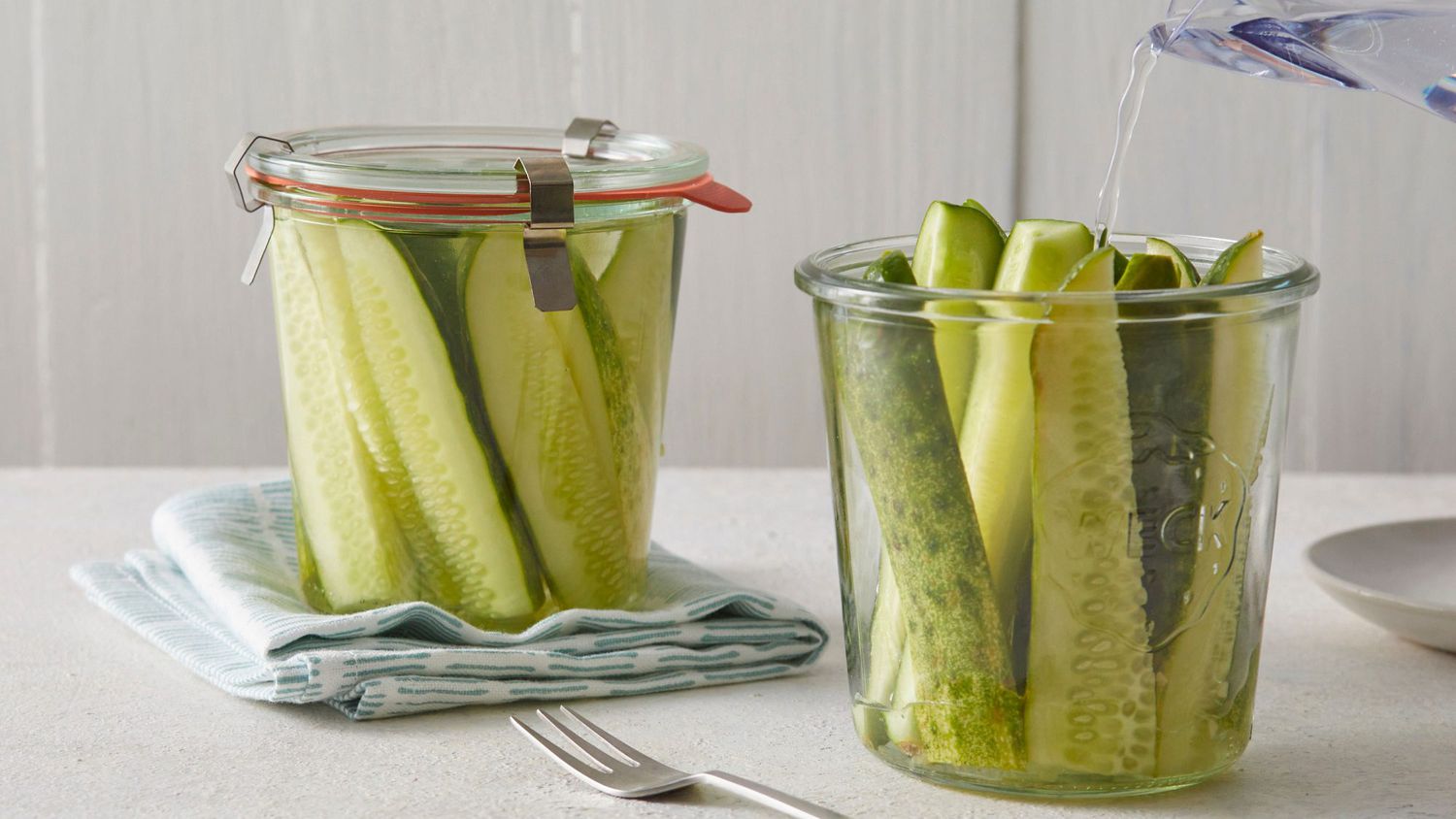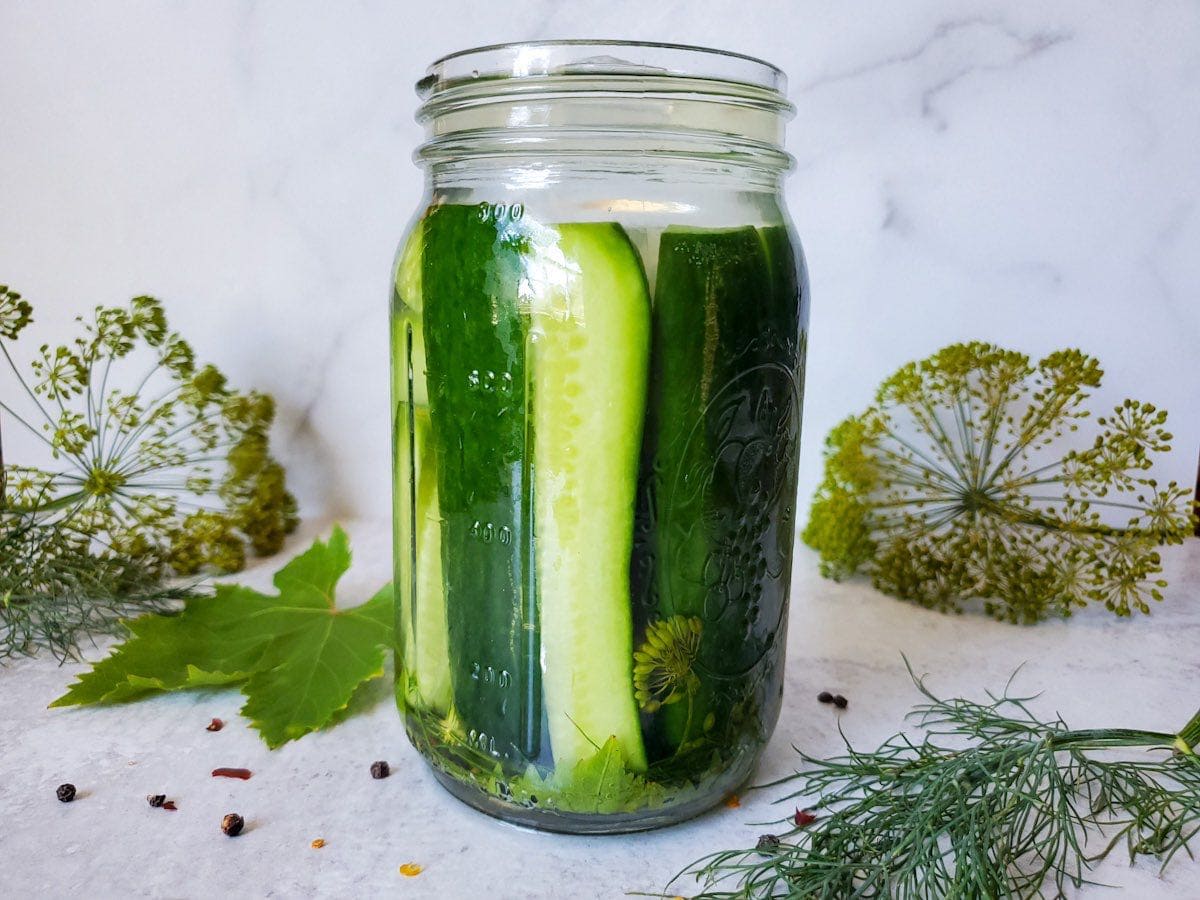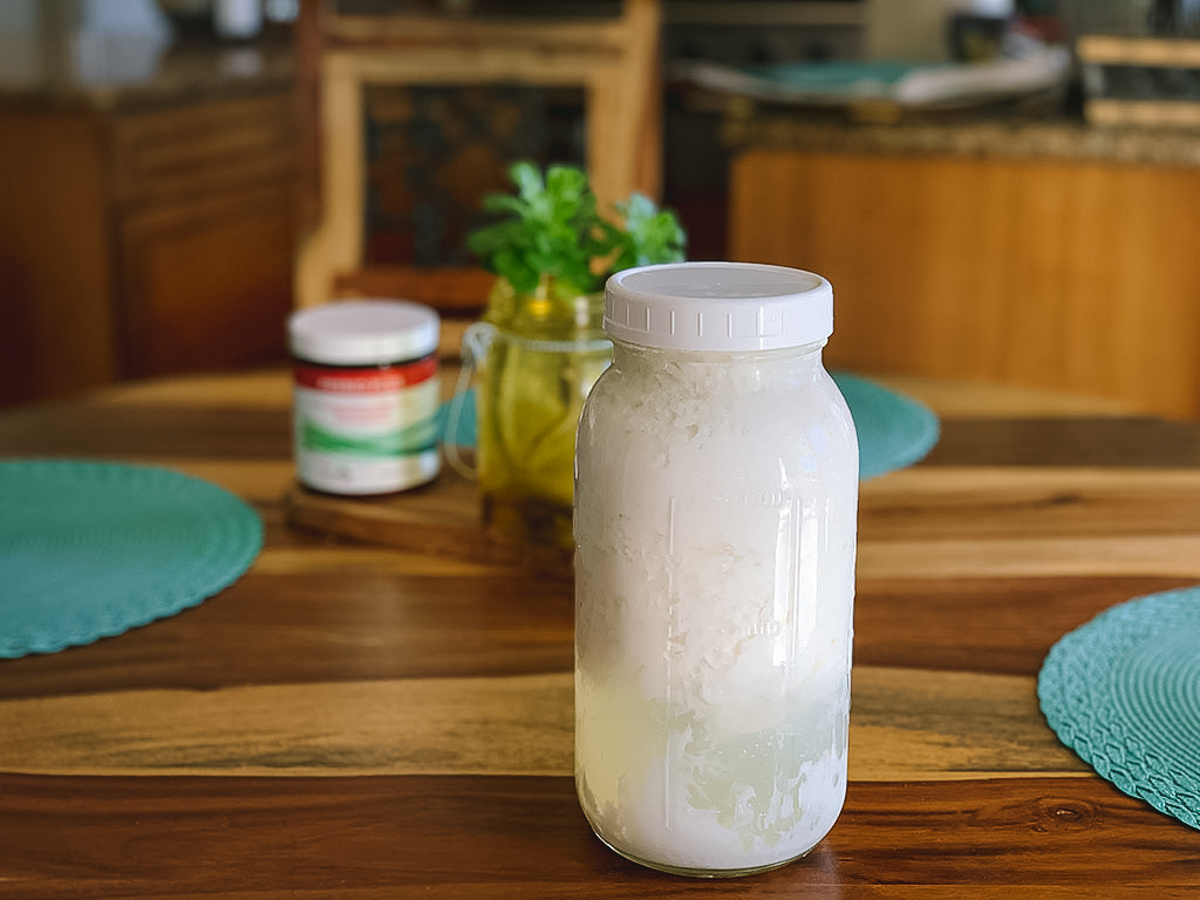Fermentation is a simple way to make your own probiotics and pickles at home. This ancient method not only preserves food but also boosts its nutritional value. By fermenting vegetables, you create a natural environment for beneficial bacteria to thrive. These good bacteria, or probiotics, improve gut health and digestion. Plus, homemade pickles taste amazing and can be customized to your liking. All you need are fresh veggies, salt, water, and a bit of patience. Ready to dive into the world of DIY probiotics and pickles? Let's get started on this tasty, healthy adventure!
Gather Your Ingredients for DIY Probiotics and Pickles
DIY Probiotics and Pickles through Fermentation
- Cucumbers: 4-6 small to medium-sized, fresh
- Water: 4 cups, filtered
- Salt: 2 tablespoons, non-iodized (sea salt or kosher salt)
- Garlic: 2-3 cloves, peeled and smashed
- Dill: 2-3 sprigs, fresh
- Black Peppercorns: 1 teaspoon
- Mustard Seeds: 1 teaspoon
- Red Pepper Flakes: 1/2 teaspoon (optional, for a spicy kick)
- Bay Leaf: 1-2 leaves
- Grape Leaves: 1-2 leaves (optional, helps keep pickles crisp)
- Pickling Spices: 1 tablespoon (optional, for extra flavor)
- Glass Jar: 1 large, with a tight-fitting lid
Essential Tools for Fermentation
Tools Needed for DIY Probiotics and Pickles through Fermentation
- Glass Jars: Mason jars or any glass container with a tight seal
- Fermentation Weights: Keeps vegetables submerged in brine
- Airlocks: Allows gases to escape while keeping air out
- Cutting Board: For chopping vegetables
- Sharp Knife: Essential for slicing and dicing
- Mixing Bowl: To mix vegetables with salt and spices
- Measuring Spoons: For accurate salt and spice measurements
- Wooden Spoon: Useful for mixing ingredients
- Cheesecloth: Covers jars to keep out dust and bugs
- Rubber Bands: Secures cheesecloth over jar openings
- Labels: To mark the date and type of fermentation
- Tongs: For handling vegetables without contamination
- Clean Towels: To wipe jars and surfaces
- Digital Scale: Ensures precise salt-to-vegetable ratio
- Thermometer: Monitors temperature for optimal fermentation
- Colander: Rinses vegetables before fermentation
- Peeler: Removes skins from certain vegetables
- Grater: Shreds vegetables for quicker fermentation
- Funnel: Helps transfer brine into jars without spilling
Fermentation creates probiotics in pickles, boosting gut health. Use saltwater brine, keep vegetables submerged, and store in a cool, dark place for a few days to achieve desired tanginess.
Why Fermentation is Important
Fermentation is a timeless technique that transforms simple ingredients into nutrient-rich foods. This process not only preserves vegetables like cucumbers into crunchy pickles but also boosts their probiotic content. These beneficial bacteria are essential for a healthy gut, improving digestion and strengthening the immune system.
Engaging in DIY fermentation allows for creative control over flavors and ingredients, making each batch unique. It's a sustainable way to reduce food waste, by turning surplus vegetables into delicious, long-lasting treats. Plus, homemade ferments are free from artificial preservatives, offering a cleaner and more natural option for those looking to enhance their diet.
Step-by-Step Guide to DIY Probiotics and Pickles
DIY Probiotics and Pickles through Fermentation
Materials Needed:
- Fresh Vegetables (cucumbers, carrots, cabbage)
- Sea Salt or Kosher Salt
- Filtered Water
- Glass Jars with lids
- Weights or Fermentation Weights
- Spices (optional: garlic, dill, mustard seeds)
Step-by-Step Guide:
-
Prepare Vegetables:
- Wash all vegetables thoroughly.
- Cut vegetables into desired shapes (slices, sticks, or whole).
-
Make Brine:
- Dissolve sea salt or kosher salt in filtered water.
- Use a ratio of 1 tablespoon of salt per 2 cups of water.
-
Pack Jars:
- Place vegetables into glass jars.
- Add optional spices like garlic, dill, or mustard seeds.
-
Add Brine:
- Pour brine over vegetables until fully submerged.
- Leave about 1 inch of space at the top of the jar.
-
Weigh Down Vegetables:
- Use weights or fermentation weights to keep vegetables submerged.
-
Seal Jars:
- Close jars with lids but not too tightly.
- Allow gases to escape during fermentation.
-
Store Jars:
- Place jars in a cool, dark place.
- Ideal temperature is between 60-70°F (15-21°C).
-
Monitor Fermentation:
- Check jars daily.
- Ensure vegetables remain submerged.
- Remove any mold or scum that forms on the surface.
-
Taste Test:
- After 3-7 days, taste vegetables.
- Fermentation time varies based on temperature and preference.
-
Refrigerate:
- Once desired taste is achieved, move jars to the refrigerator.
- This slows down fermentation and preserves pickles.
-
Enjoy:
- Consume probiotic-rich pickles as a healthy snack or side dish.
Tips:
- Use fresh, organic vegetables for best results.
- Avoid using chlorinated water as it can inhibit fermentation.
- Experiment with different spices and vegetable combinations.
- Label jars with the date to track fermentation time.
- If vegetables float, use a clean rock or small jar as a weight.
Troubleshooting:
- If vegetables become slimy, discard and start over.
- If brine becomes cloudy, this is normal and safe.
- If pickles taste too salty, rinse before eating.
Safety Note:
- Always use clean utensils and jars to prevent contamination.
- If pickles smell off or develop an unusual color, discard immediately.
Fermentation: A Flavorful Adventure
Fermentation opens up a world of flavors and health benefits. Making your own probiotics and pickles at home is not only fun but also incredibly rewarding. You get to control the ingredients, ensuring everything is fresh and free from unwanted additives. Plus, the process is simpler than you might think. With just a few basic tools and some patience, you can create delicious, tangy treats that are good for your gut.
Remember to keep everything clean to avoid unwanted bacteria. Taste your creations regularly to find the perfect balance of flavor and crunch. Once you get the hang of it, you can experiment with different vegetables and spices. Fermentation is a journey of discovery, so don’t be afraid to try new things. Enjoy your homemade probiotics and pickles, and share them with friends and family!
Common Questions About DIY Probiotics and Pickles
Can I make probiotics at home without fancy equipment?
Absolutely! Fermentation is a simple process that doesn't require high-tech gadgets. All you need are some jars, veggies, salt, and water. With these basics, you're on your way to creating homemade probiotics packed with health benefits.
What's the best vegetable for a beginner to start fermenting?
Cucumbers are a fantastic choice for those new to fermentation. They transform into pickles effortlessly and are a delicious way to dive into the world of fermented foods. Just remember, the fresher the cucumbers, the crunchier your pickles will be.
How long does it take to ferment vegetables?
Patience is key with fermentation. Typically, vegetables start to pickle within a few days, but full fermentation can take anywhere from one to four weeks. Taste testing is your best friend here to find that perfect balance of tangy and tasty.
Is salt necessary for fermentation?
Yes, salt plays a crucial role in fermentation. It inhibits the growth of unwanted bacteria while promoting the right environment for good bacteria to thrive. This process not only makes your pickles safe to eat but also enhances their flavor and crunch.
Can I use tap water for fermenting?
While you can use tap water, it's not always the best choice due to chlorine, which can hinder the fermentation process. For optimal results, go for filtered or distilled water. This small step can make a big difference in the success of your fermented foods.
How do I know if my fermented foods have gone bad?
Trust your senses. If you notice any mold, a bad smell, or an off taste, it's best to err on the side of caution and toss them out. Healthy fermented foods should have a pleasant, tangy aroma and taste.
What are the health benefits of consuming fermented foods?
Fermented foods are rich in probiotics, which are fantastic for gut health. Regular consumption can improve digestion, boost immunity, and even enhance mood. Plus, fermentation increases vitamins and minerals in foods, making them even more nutritious.
